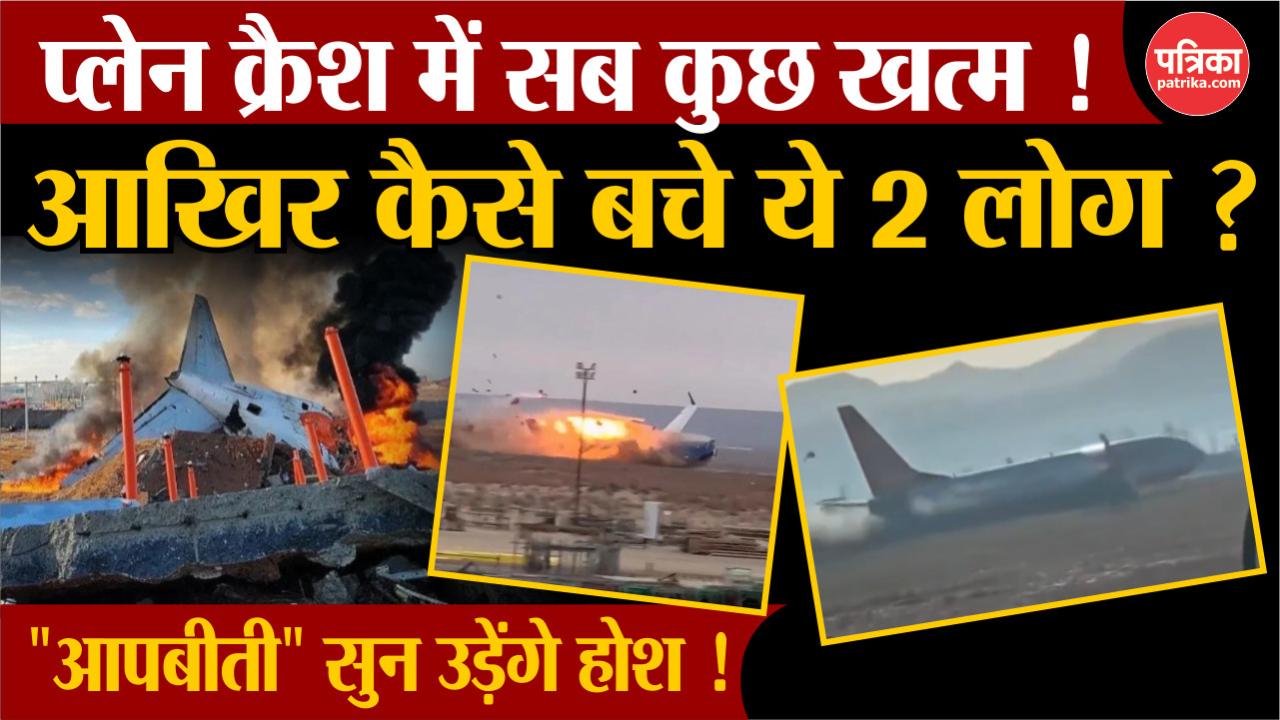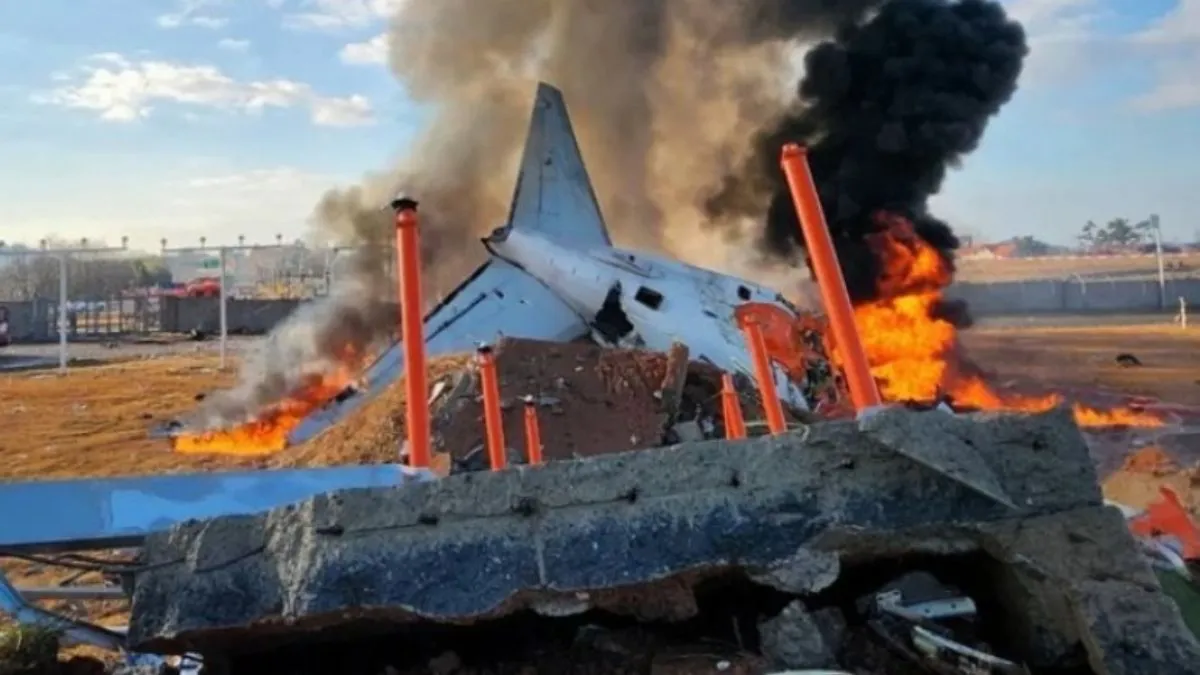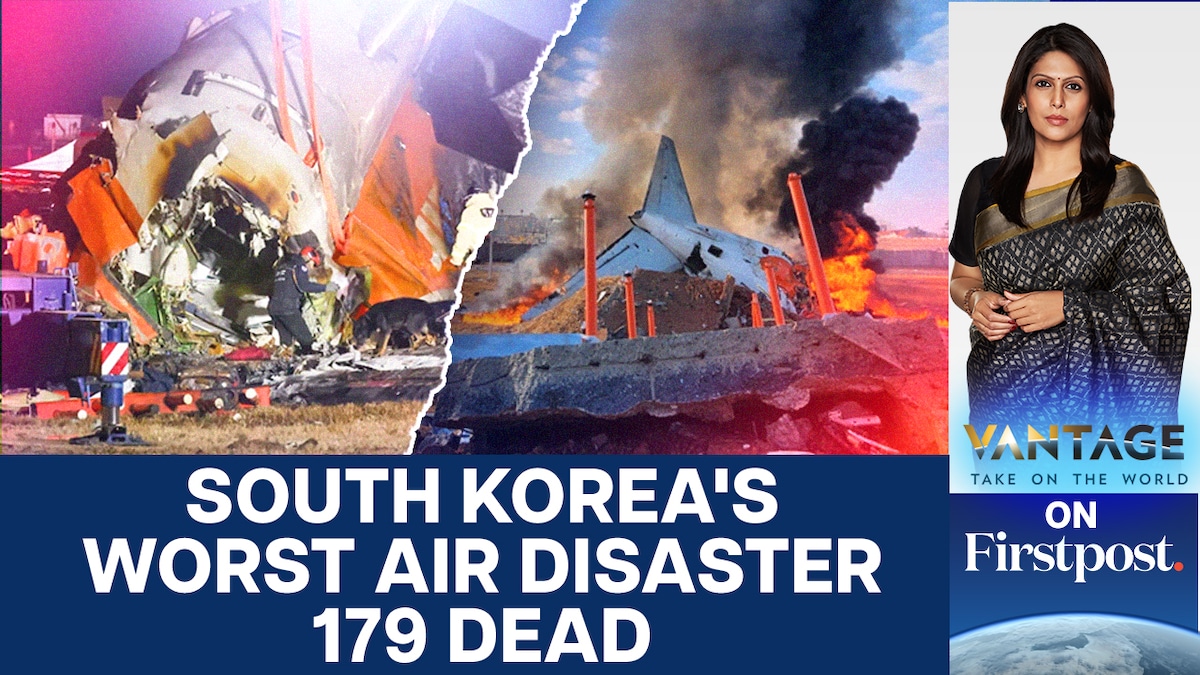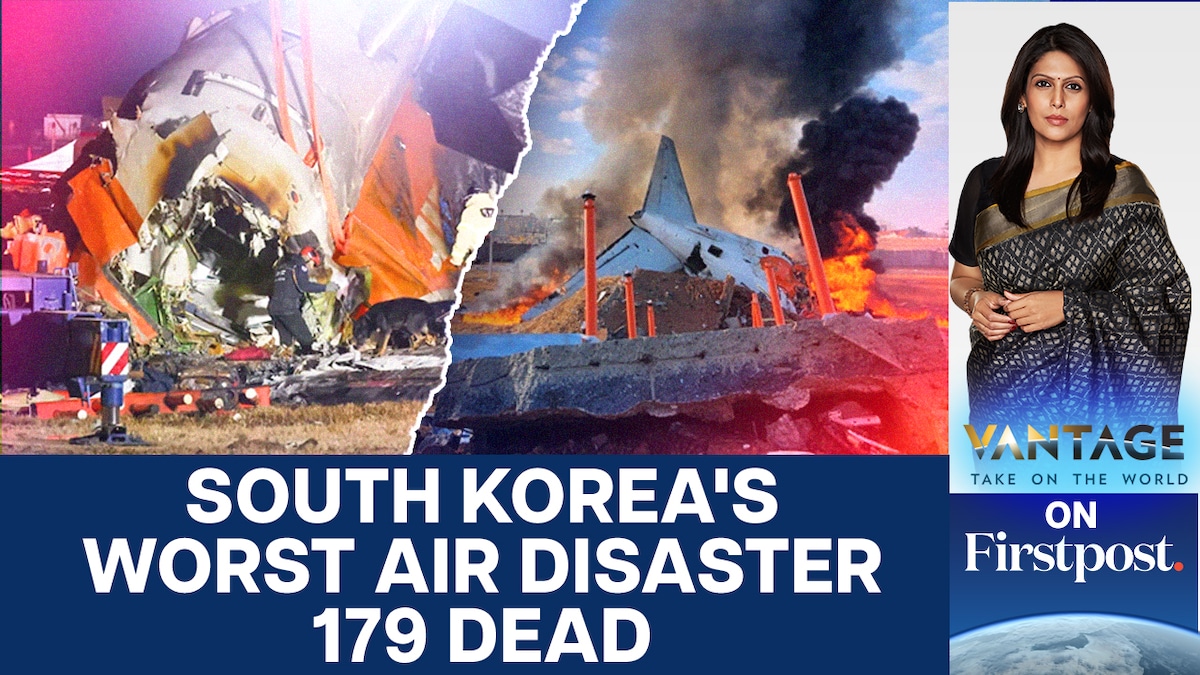South Korean plane crashes represent a significant chapter in aviation history, offering a complex narrative of technological advancements, human error, and evolving safety regulations. This exploration delves into the historical context of these incidents, examining the contributing factors, and analyzing the impact on both the national and international aviation landscapes. We’ll investigate the most common causes, from mechanical failures to weather conditions and human error, and explore how South Korea’s aviation industry has adapted and improved safety measures over time.
This detailed examination will cover significant crashes, highlighting the resulting investigations and the subsequent changes in safety protocols. We will also compare South Korea’s aviation safety record with global standards, identifying best practices and areas for potential improvement. By understanding the past, we can better appreciate the ongoing efforts to enhance safety and prevent future tragedies.
A Historical Overview of South Korean Plane Crashes
South Korea’s aviation history, like that of any nation, includes both triumphs and tragedies. Understanding past accidents is crucial for improving future safety measures. This section details significant South Korean plane crashes, examining the contributing factors and their impact on the nation’s aviation industry.
Significant South Korean Plane Crashes
The following table summarizes some of the most significant plane crashes involving South Korean airlines. It’s important to note that this is not an exhaustive list, but rather a selection of impactful events.
| Date | Airline | Location | Casualties |
|---|---|---|---|
| August 1997 | Korean Air Flight 801 | Guam | 228 |
| December 1997 | Korean Air Cargo Flight 6316 | Pusan, South Korea | 3 |
| September 2002 | Korean Air Flight 621 | Daegu, South Korea | 1 |
| July 2013 | Asiana Airlines Flight 214 | San Francisco, USA | 3 |
Each crash had unique circumstances. For example, Korean Air Flight 801 crashed due to pilot error in poor weather conditions, while Asiana Airlines Flight 214 experienced a runway accident with contributing factors still debated.
Causes of South Korean Plane Crashes

Analyzing the causes of past crashes reveals recurring themes. Understanding these patterns allows for targeted safety improvements.
Common Causes Across Decades

While specific contributing factors vary, human error, mechanical failures, and adverse weather conditions have consistently played significant roles in South Korean aviation accidents. The relative importance of each factor has shifted over time, with improvements in technology reducing the impact of some mechanical failures. However, human error, especially pilot training and decision-making, remains a persistent challenge.
Human Error, Mechanical Failure, and Weather
Human error encompasses a wide range of factors, from pilot fatigue and inadequate training to communication breakdowns between the cockpit and air traffic control. Mechanical failures, while less frequent due to improved maintenance and technology, can still occur and have catastrophic consequences. Adverse weather conditions, particularly in mountainous regions, present ongoing challenges for pilots and require advanced navigational and avoidance techniques.
Safety Regulations and Procedures in South Korea’s Aviation Industry
South Korea’s aviation safety regulations have evolved significantly in response to past accidents. The focus has shifted towards proactive safety measures and a culture of continuous improvement.
Key Safety Measures

- Stricter pilot training and licensing requirements.
- Enhanced aircraft maintenance and inspection protocols.
- Improved weather forecasting and communication systems.
- Implementation of advanced flight management systems.
- Strengthened air traffic control procedures.
- Increased investment in aviation safety research and technology.
Impact of South Korean Plane Crashes on the Aviation Industry
Major plane crashes have had profound impacts, extending beyond the immediate loss of life.
South Korean plane crashes, sadly, are a recurring news item. The sheer scale of loss often evokes strong emotional responses, similar to the gut-wrenching feeling you get watching the ruthless games in the squid game thanos meme. It’s a stark reminder of the fragility of life, mirroring the sudden, devastating impact of these air disasters. Understanding the causes behind these crashes is crucial for preventing future tragedies.
Public Perception and Economic Consequences, South korean plane crashes
Public perception of air travel safety is significantly influenced by major accidents. Following a crash, passenger confidence may decline, leading to reduced demand and financial losses for airlines. Furthermore, these events can have broader economic repercussions, affecting tourism and related industries.
Influence on International Aviation Safety Standards
Major crashes often trigger international reviews of aviation safety standards and practices. Investigations into South Korean accidents have contributed to global improvements in safety regulations, training protocols, and technological advancements.
Technological Advancements and their Role in Preventing Future Crashes
Continuous technological advancements aim to enhance safety and mitigate risks. Data-driven approaches play a crucial role.
Advanced Technologies and Data Analysis
Modern aircraft are equipped with sophisticated flight management systems, collision avoidance technologies, and advanced weather radar. Furthermore, data analysis of flight data recorders (black boxes) and other sources helps identify trends and potential safety hazards, allowing for proactive interventions. Predictive modeling techniques can forecast potential risks based on historical data and weather patterns, enabling proactive mitigation strategies.
Illustrative Case Study: Asiana Airlines Flight 214
Asiana Airlines Flight 214, which crashed in San Francisco in 2013, serves as a compelling case study. The investigation highlighted the complexity of accident causation.
The Crash and its Investigation
The Boeing 777 aircraft experienced a runway accident during landing. The investigation revealed a combination of factors, including pilot error in managing the aircraft’s speed and approach, inadequate crew resource management, and potential communication issues. The physical damage to the aircraft was extensive, with the tail section impacting the seawall and resulting in a significant fire. The investigation resulted in changes to pilot training, crew resource management protocols, and improved communication procedures.
International Comparisons and Best Practices: South Korean Plane Crashes
Comparing South Korea’s aviation safety record with other nations reveals areas for potential improvement and highlights best practices.
International Safety Benchmarks
| Country | Airline | Safety Record (Illustrative) | Best Practices |
|---|---|---|---|
| United States | Delta Air Lines | Excellent | Robust pilot training, advanced technology integration |
| Australia | Qantas | Excellent | Strong safety culture, proactive risk management |
| Canada | Air Canada | Excellent | Comprehensive safety oversight, data-driven decision-making |
This table offers a simplified comparison. A detailed analysis would require a comprehensive review of numerous factors and data points.
Wrap-Up

Ultimately, understanding South Korean plane crashes isn’t just about recounting past tragedies; it’s about learning from them. This investigation reveals a continuous cycle of improvement, driven by technological advancements, stricter regulations, and a global commitment to aviation safety. While the past holds valuable lessons, the future of air travel in South Korea, and worldwide, rests on ongoing vigilance, innovation, and a relentless pursuit of safer skies.
General Inquiries
What is the most common cause of plane crashes in South Korea?
Sadly, South Korean aviation history includes some tragic plane crashes. These events often spark intense national discussion and investigation. For instance, the impact on the public’s perception of safety might be compared to the reaction surrounding a high-profile celebrity like lee byung-hun in a controversial situation. Ultimately, though, the focus always returns to understanding the causes of these air disasters and preventing future occurrences.
While various factors contribute, a comprehensive analysis would be needed to determine the single most common cause. However, human error, weather conditions, and mechanical failures are frequently cited contributing factors.
How does South Korea’s aviation safety record compare internationally?
A direct comparison requires detailed statistical analysis. However, South Korea strives to meet and exceed international aviation safety standards, continuously implementing improvements based on accident investigations and global best practices.
South Korean plane crashes, sadly, are a recurring news item. Investigating these incidents often requires detailed aerial surveys, and that’s where technology like the advanced drone systems, such as the dji neo , can be invaluable. These drones provide high-resolution imagery crucial for piecing together accident details and aiding in the recovery process following a South Korean plane crash.
What role does technology play in preventing future crashes?
Technological advancements, such as improved flight simulation, enhanced weather forecasting, and advanced aircraft maintenance systems, play a crucial role in enhancing safety and mitigating risks associated with human error and mechanical failures.
